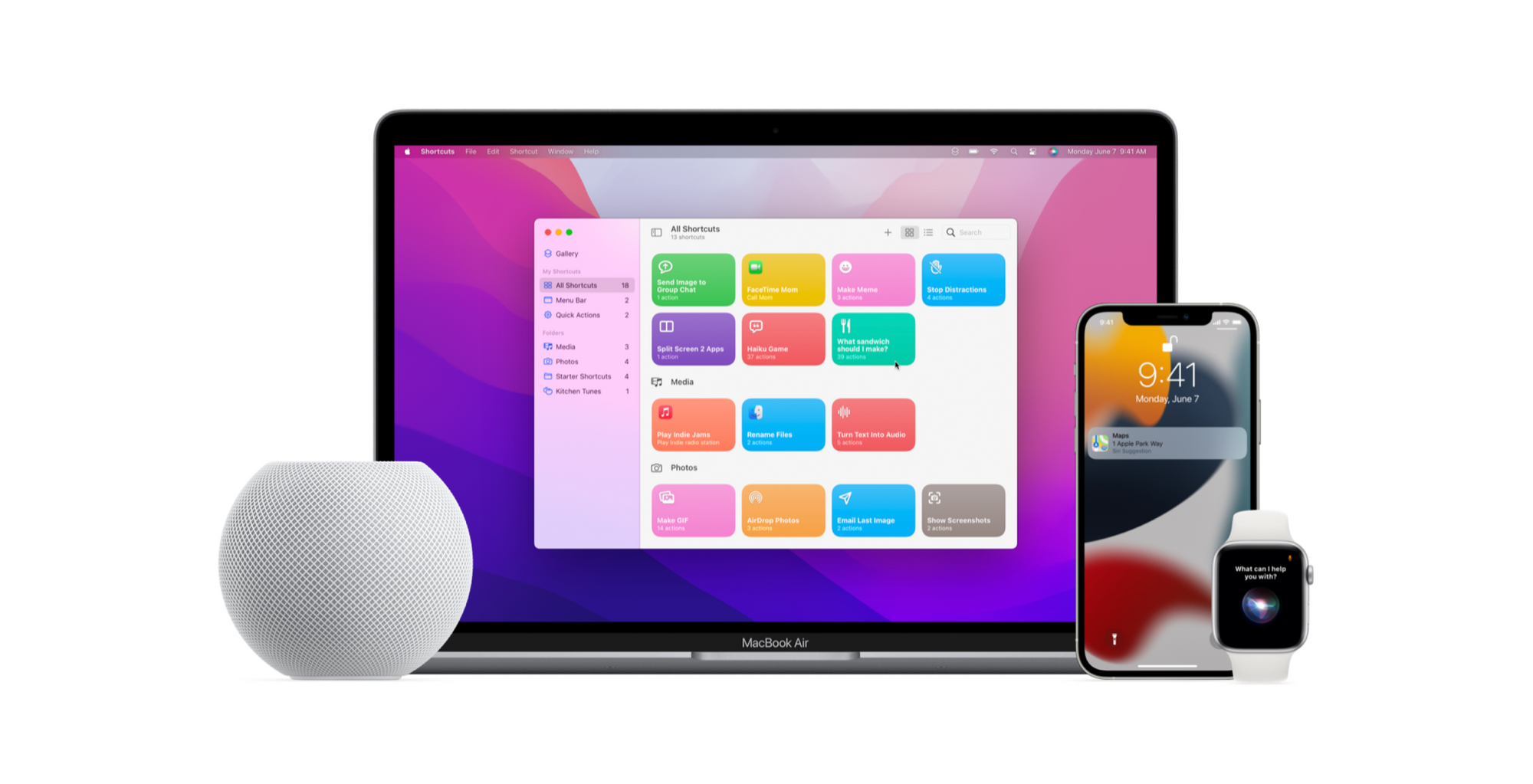Voice-activated apps are no longer a novelty; they’re becoming a core part of the user experience. For iOS developers, leveraging SiriKit to create voice-activated apps can greatly enhance user engagement and accessibility. In this blog post, I'll guide you through the essentials of designing voice-activated apps with SiriKit, covering everything from setup to implementation and sharing best practices to help you maximize the potential of this powerful tool.
Getting Started with SiriKit
SiriKit provides a powerful set of APIs that enable your iOS app to seamlessly integrate with Siri, Apple’s intelligent assistant. This integration allows users to perform tasks using voice commands, enhancing both convenience and accessibility. Before delving into the implementation details, it’s crucial to understand the capabilities of SiriKit.
SiriKit supports a range of domains tailored to different app functionalities. These domains include Messaging for sending and receiving messages, Payments for handling financial transactions, VoIP Calling for making voice calls over IP networks, Workouts for tracking fitness activities, and more. Each domain within SiriKit defines specific intents that your app can handle, ensuring that interactions are both intuitive and responsive to user commands. Understanding these domains and intents lays the groundwork for effectively implementing voice-activated features in your app.
Setting Up SiriKit in Your Project
Enable Siri in Your App
- Go to your project settings in Xcode.
- Under the "Signing & Capabilities" tab, click the "+" button and add the "Siri" capability.
Create an Intents Extension
- Add a new target to your project.
- Choose "Intents Extension" and name it appropriately, such as "SiriIntentHandler".
Configure the Info.plist
- In your Intents extension, update the Info.plist to include supported intents. This tells Siri which intents your extension can handle.
Handling Intents
Handling intents involves creating intent handlers that respond to user requests.
Here’s a simple example of handling a custom intent for starting a workout:
Define Your Intent
Use the Intents Definition file to create a custom intent. This file allows you to specify the parameters your intent will accept.
Implement the Intent Handler
Create a class that conforms to the INIntentHandler protocol.
Implement the handle method to perform the action when Siri invokes your intent.
swift
import Intents
class StartWorkoutIntentHandler: NSObject, StartWorkoutIntentHandling {
func handle(intent: StartWorkoutIntent,
completion: @escaping (StartWorkoutIntentResponse) -> Void) {
// Handle the intent to start a workout
let response = StartWorkoutIntentResponse(code: .success,
userActivity: nil)
completion(response)
}
}
Register the Intent Handler
In your Intents extension's IntentHandler class, register your custom intent handler.
import Intents
class IntentHandler: INExtension {
override func handler(for intent: INIntent) -> Any {
switch intent {
case is StartWorkoutIntent:
return StartWorkoutIntentHandler()
default:
return self
}
}
}
Testing Your Siri Integration
Testing voice-activated features requires thorough validation to ensure seamless user interaction. Use the following methods:
Siri Simulation
- Use the Siri simulator in Xcode to test your intents.
- Open the Debug menu, select Siri, and simulate phrases.
Voice Testing on Device
- Run your app on a physical device.
- Invoke Siri and test your custom intents by speaking the relevant phrases.
Best Practices for Designing Voice-Activated Apps
Clear and Concise Phrases
Design user interactions with Siri to be natural and intuitive. Avoid complex phrases that users might find difficult to remember.
Provide Feedback
Ensure your app provides immediate and clear feedback to users after handling an intent. This helps confirm that the action was successful.
Handle Errors Gracefully
Implement robust error handling within your intent handlers to manage any unexpected issues and inform users appropriately.
Keep User Privacy in Mind
Respect user privacy by adhering to Apple's guidelines on handling sensitive information and ensuring all interactions are secure.
Conclusion

Integrating SiriKit into your iOS app can transform the user experience by providing hands-free, voice-activated functionality. By following the steps and best practices outlined in this post, you can create powerful voice-activated features that enhance the usability and accessibility of your app. As Siri continues to evolve, staying updated with the latest capabilities and enhancements in SiriKit will keep your app ahead of the curve.






